
 yoga
yoga for
for
 children
children &
&
young people
with  autism
autism
Yoga Games and Activities to Engage
Everyone Across the Spectrum
Michael Chissick
Illustrated by Sarah Peacock

Jessica Kingsley Publishers
London and Philadelphia
Contents
Introduction
I can walk into any class of children or young people with autism knowing that I will engage 93 per cent of them in the yoga lesson. It is not confidence, nor is it high self-esteem heaven knows I dont have much of either. What I do have is a system that works, 93 per cent of the time.
The system, which I have developed over many years, is not only highly effective with children and young people with autism spectrum disorder (ASD), but also with children who have a wide range of related needs, including attention deficit hyperactivity disorder (ADHD), sensory processing challenges and difficulty managing their own behaviours.
This book is about my system and the structures that make that system work successfully.
Most books about teaching yoga to children and young people with autism tend to focus on those more able. This is hardly surprising, I suppose, because it is easier to teach them and it is certainly easier to write about.
This book is about how to include everyone on the spectrum, with an emphasis on teaching those with more complicated needs. It is also about how to include children with ASD in mainstream primary schools in the yoga lesson.
Such is the complex nature of teaching children on the autism spectrum and the diversity of abilities in any class or group, that whenever I go in to teach, I always have several plans up my sleeve.
Whether you work in school or in the community or you are a parent of an autistic child, this book will give you those plans, structures, games, goals, teaching tips and real working examples that you can relate to. My hope is that you approach your sessions with several plans up several sleeves, huge courage, a flexible mind and, above all, an unshakable determination to engage the children in front of you, come what may.
Who is this book for?
This book is a teaching guide for everybody who has been touched by autism and for those who will be. That means everyone in education, including special needs teachers, primary school teachers, elementary school teachers, teaching assistants, nursery teachers, speech and language therapists, lead teaching assistants and early years specialists in fact, everyone who works with children with special needs.
It is also for parents with children on the spectrum who want to teach yoga to their children in a structured, fun-filled, down-to-earth way.
Of course, it is also for specialist childrens yoga teachers who may already be teaching in special needs or want to make the leap, as well as people who want to teach yoga to children with ASD in a community setting.
Whether in mainstream primary or special needs, Yoga for Children and Young People with Autism is written for folk in or outside education who have little or no knowledge of yoga, as well as yoga folk who do.
That said, the more you know about your subject the better the teacher you will become, so if you do not have a yoga background, I hope this kick starts a deeper interest in this area.
Who this book is not for
This book is definitely not for people who need to read step-by-step instructions on how to do yoga postures. I have made it easy. Just look at the pictures of the postures. That will show you what to do. In some cases, show them to the children and they will see what they need to do. At this level, we are not looking for perfection.
Nor is this book for people who wish to include those aspects of yoga that carry a mystical or spiritual label. Aspects like chanting om and teaching about chakras do not, in my opinion, have a place in any form of childrens yoga.
Finally, this book is not for folk who turn up in any teaching situation, and certainly in school, without a lesson plan or an understanding of classroom management skills, and who believe that they can sense the needs of the children in front of them. As if!
And even more finally, it is not for adult yoga teachers who think they can turn up and deliver an adult-type yoga lesson.
Yet, maybe this book is for all the people mentioned, because it may open their eyes to another way. I live in hope.
A book of two educational settings
Most of the book is about how to teach yoga to children on the autism spectrum in special schools as a whole-class activity. That said, if you are a parent or carer using this book at home, I strongly advise you to stick to the structures and lesson plans provided. In other words, be guided by best practice.
I have also written a section on how to teach children with autism in mainstream primary education. This is because there are more children with autism in mainstream education than ever before and numbers are increasing. Those children and other neurotypical children in their classes will benefit hugely from being included and it is important that you know how to do just that.
Differentiation across the autism spectrum
It is difficult to compartmentalize children and young people on the autism spectrum. That said, for the sake of explaining in the clearest of terms the how , what and when of teaching, I suggest that we gently shepherd them into three main groups, which we can call Maple Group, Oak Group and Willow Group.
Maple Group

Maple Group may comprise children who have very complex needs, who may have little or no verbal language and are pre-verbal. They are achieving below the expected levels of their age group in many areas and find it very challenging to interact or engage with others. Children in this group may roam or run around the room due to their sensory processing difficulties. Sitting for any period of time is not always in their best interests! They may be younger than the children in Oak Group.
Oak Group

Oak Group may be children who are at the expected language stage of development and therefore more verbal. They have developed more interpersonal skills, and work relatively well in group situations. Oak Group children will engage more readily and can follow more verbal instructions. They are more willing to work within a group and are more spontaneous in their language.
Willow Group

Willow Group may include children who have more challenging behaviours. They could be pre-verbal or at the expected language stage of development and have skillsets and abilities that are found in both groups.
Next page
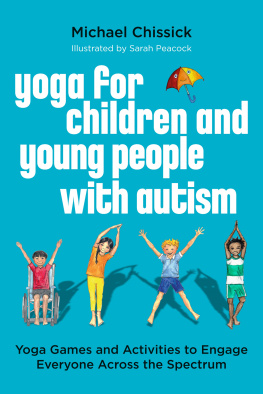
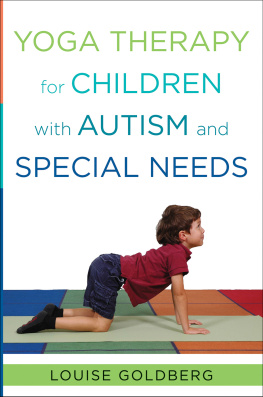
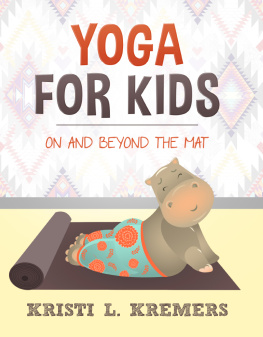

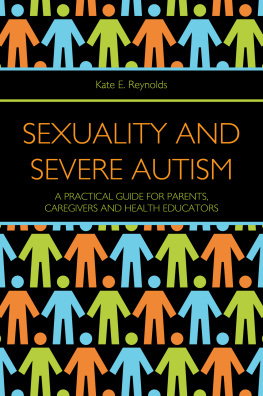

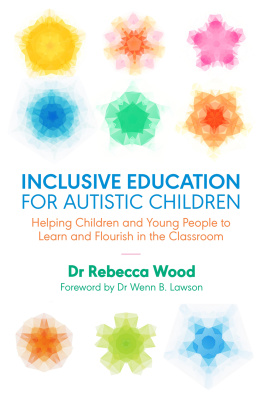
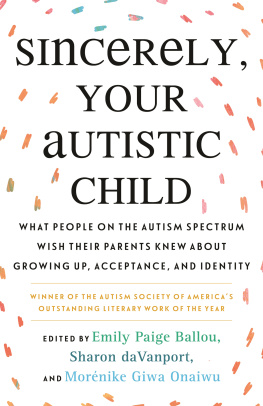
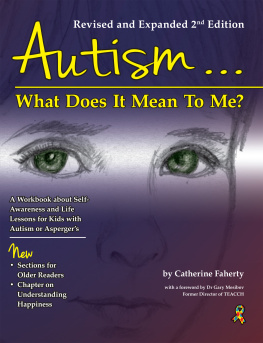
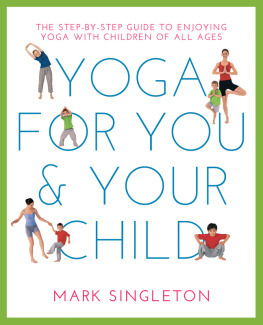

 yoga
yoga for
for
 children
children &
& autism
autism


